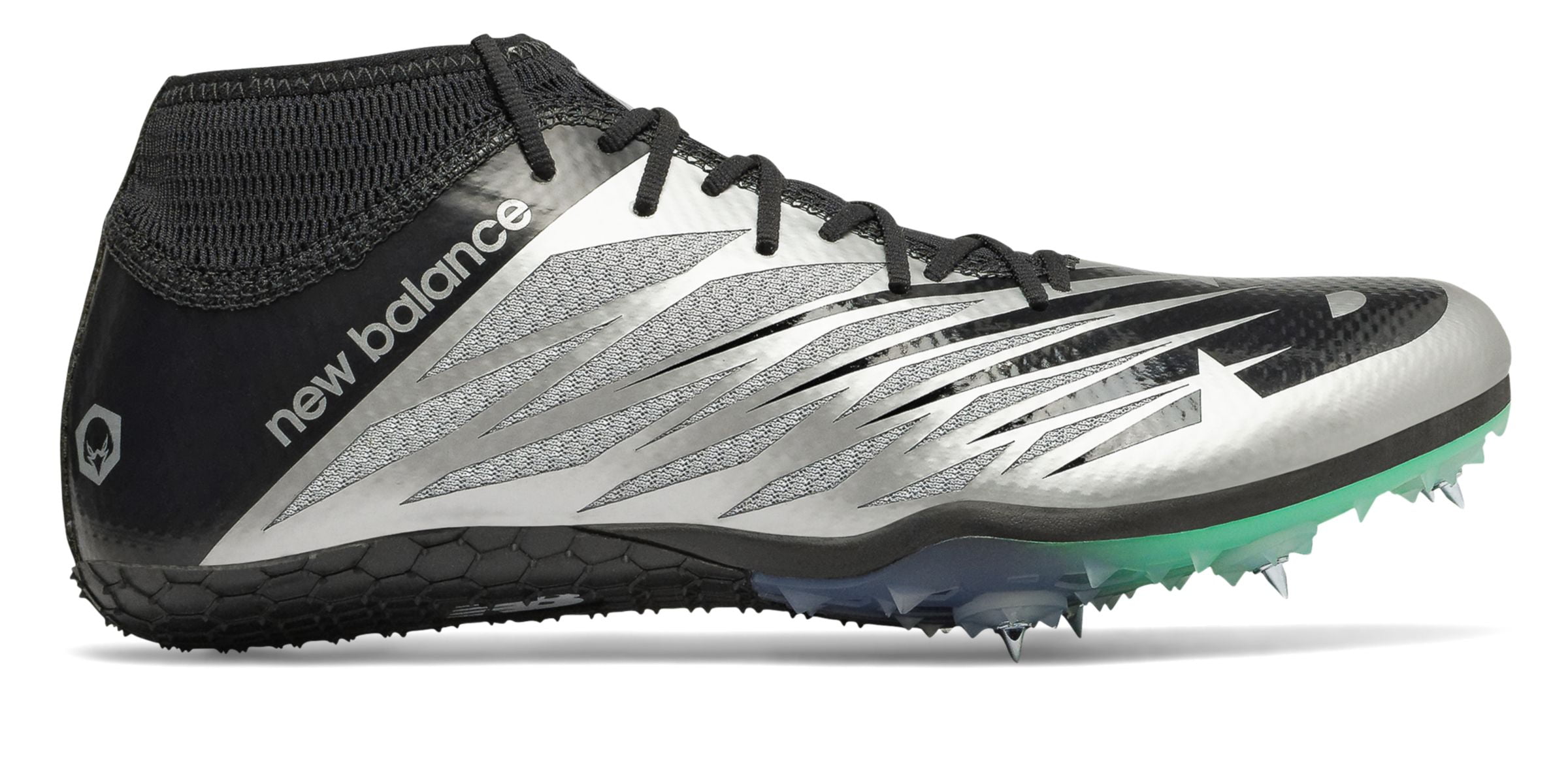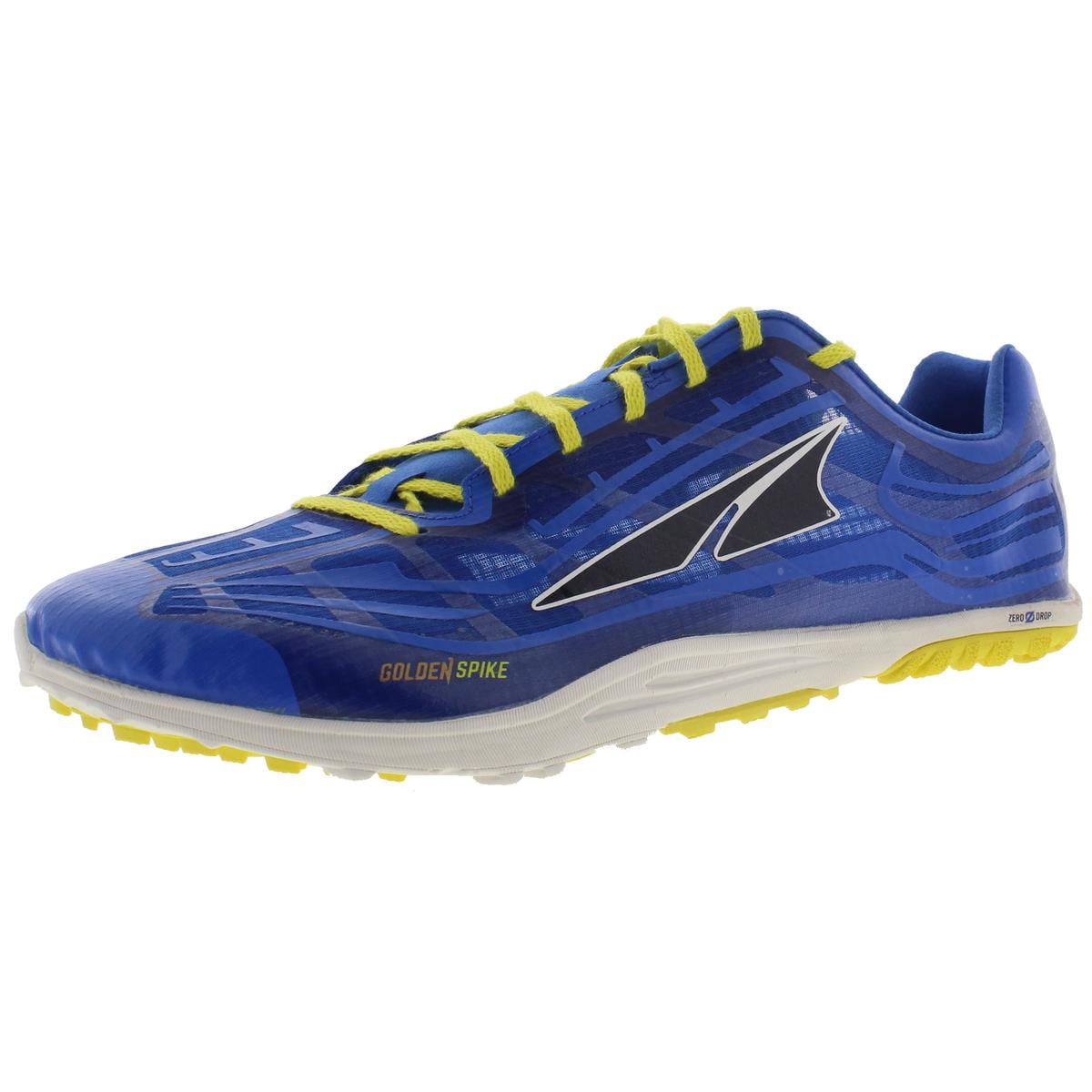

So how do you choose the right running shoes for you? Pole Vaulting spikes are usually stiffer than sprinting spikes and have a solid base to ensure traction at takeoff like triple jump spikes.There are so many types of men's running shoes out there from dozens of major brands. Long jump and Triple jump spikes are the most like sprinting spikes because you need to generate speed in your approach, but the plate is positioned slightly differently to help you takeoff correctly. High Jump spikes feature additional spikes in their heal because they are the only event where they need to run on a steep curve and require extra traction, especially at takeoff. Jumping or vaulting spikes are similar to sprinting spikes in that they are lightweight and feature more spikes in the spike plate to help you grip the track. Jumping Spikes and Pole Vault Spikes: The spikes for these events are relatively similar, they focus on helping you gain speed before you jump or vault. Some discus or shot put spikes even have a special disk in the outsole that lets you place your weight on one foot and spin while you throw, helping to stabilize your body and allow fluidity in motion.

Unlike running spikes, throwing spikes are smoother on the bottom to allow for smooth motion transitions. Throwing Spikes: Spikes for javelin, shot put or discus focus on supporting your ankle as the rest of your body twists to generate momentum. Sprinting spikes tend to have anywhere from 6-8 spikes to help you push off the blocks and dig for speed with each step. These shoes have little to no heel cushioning and are designed to hold your foot in a lightly flexed position, keeping you on the balls of your feet as you run. Sprinting Track Spikes (Best for 55m - 400m): Typically the lightest track spikes you can find, sprinting spikes have design features like carbon-fiber plates that keep them stiff and snappy to help you gain speed. The spike count tends to find a happy medium between 5-7 spikes to deliver more propulsion as you sprint through the 400m. Mid-distance spikes will retain the midsole and heel cushioning found in long distance spikes, but will often have a harder spike plate and less flexibility to deliver a responsive ride. Mid-Distance Track Spikes (Best for 400m - 1500m): These shoes are much more of a specialist shoe than long distance or sprinting spikes, and include features from both. The spike count can range from 4-6 spikes to give you grip and traction without disturbing your natural cadence. The spike plate is often made of the same outsole material as the rest of the shoe, or it is a more flexible material like PEBAX. Long Distance Track Spikes (Best for 800m-5K): These are the most flexible and have the most midsole and heel cushioning while still keeping a slender profile and light weight. To deliver the best possible performance, track spikes are engineered to accommodate these differences by using different foams, spike configurations and plate materials. Long distance runners often run with more of a heel-toe gait while sprinters are on the balls of their feet during their races. Your body moves differently and requires different support as your race shorter or longer distances.

Read more in our Best Track and Cross Country Spike guide. If you are racing on an indoor track, there can be regulations on the length of spike you are allowed to wear in order to keep the track intact as it’s used on average, one-eighth (⅛) inch spikes are the standard for indoor track.Īs you gain experience and fine tune the feel you prefer in your spikes, you can toy around with a variety of spike shapes from pyramid to needle spikes on the track, but always be sure to check the meet rules before changing out your spikes. Quarter (¼) inch spikes are usually a safe go-to for outdoor track races and field events. Long distance track spikes typically have four or five spikes, while sprinting and mid-distance spikes can range from six to ten spikes, which provides the extra grip needed to reach top speeds.ĭepending on the surface you race on, you’ll want to choose the appropriate spike length so you don’t find yourself sliding around an indoor track. Make sure you understand how your spikes affect your performance so you can choose the best track spikes for you.Ī good rule of thumb: the longer the distance, the fewer spikes in the spike plate. Buying track spikes for the first time can be daunting.


 0 kommentar(er)
0 kommentar(er)
